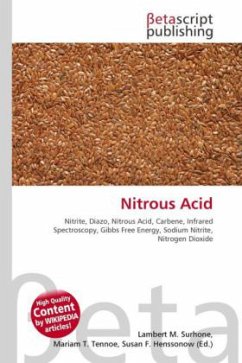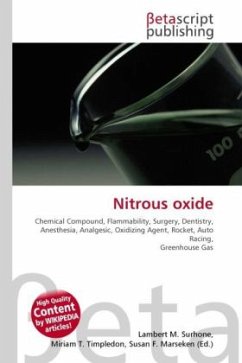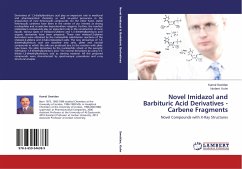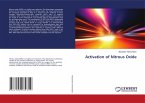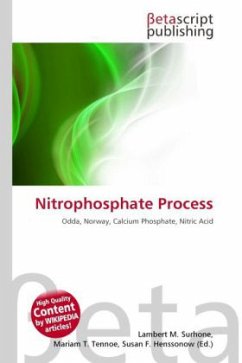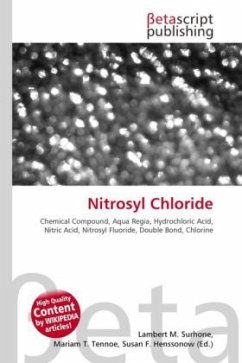Please note that the content of this book primarily consists of articles available from Wikipedia or other free sources online. Nitrous acid (molecular formula HNO2) is a weak and monobasic acid known only in solution and in the form of nitrite salts. Nitrous acid is used to make diazides from amines; this occurs by nucleophilic attack of the amine onto the nitrite, reprotonation by the surrounding solvent, and double-elimination of water. The diazide can then be liberated as a carbene. In the gas phase, the planar nitrous acid molecule can adopt both a cis and a trans form. The trans form predominates at room temperature, and IR measurements indicate it is more stable by around 2.3 kJ mol 1. Nitrous acid can be prepared by adding any mineral acid to sodium nitrite. Nitrous acid is involved in the ozone budget of the lower atmosphere: the troposphere. The heterogenous reaction of nitric oxide (NO) and water produces nitrous acid. When this reaction takes place on the surface of atmospheric aerosols, product readily photolyses to hydroxyl radicals.
Bitte wählen Sie Ihr Anliegen aus.
Rechnungen
Retourenschein anfordern
Bestellstatus
Storno

